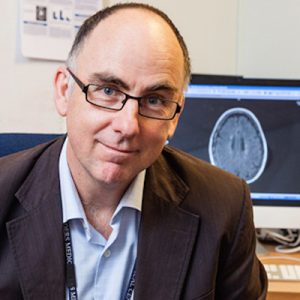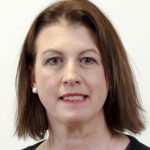
Neuromyelitis optica (NMO) is a severe inflammatory disease of the nervous system affecting mainly the spinal cord and eye (optic) nerves. NMO has been recognised as a distinct variant of MS for over 130 years. The recent discovery of a biomarker in cases of NMO has been an important, but somewhat controversial development in our understanding of the disease. The biomarker is an ‘auto-antibody’ that recognises a water chanel in the support cells of the brain known as astrocytes.
This project aims to determine the importance of this biomarker in NMO diagnosis and to determine how accurately it can distinguish between people who have typical MS, typical NMO, NMO spectrum disease and people without any medical disorders.
This pilot project, being led by Dr Mark Slee, is part of a larger collaborative study across Australia and New Zealand examining the incidence and prevalence of NMO in the population. The study is designed as a collaboration of neurologists and neuroscientists with an interest in MS and NMO. This will be one of the most comprehensive studies of the sensitivity and specificity of a biomarker for NMO yet undertaken.
To date, Dr Slee and colleagues have collected over a hundred cases of patients with NMO, NMO spectrum disease and matched classical MS. The collection includes detailed clinical data, magnetic resonance imaging (MRI) data and serum collected for each individual.
The team is now analysing this information as well as testing the assay to be used for antibody detection. The assay is currently being assessed at the reference laboratory located at Queensland Pathology. The samples will then be sent to Prof Angela Vincent’s laboratory at the Weatherall Institute of Molecular Medicine at the University of Oxford for final testing.
This collection is one of the largest NMO cohorts available and Dr Slee and his team expect that it is large enough to answer the important questions raised in this study.
Following the initial work done with this Incubator grant, yhe team were subsequently successful in obtaining a further Project Grant from MS Research Australia and a Fellowhship for Dr Wajih Bukhari, to further investigate the genetic and biological markers found in people with NMO.
Updated: 22 June 2012
Updated: 03 January, 2011

